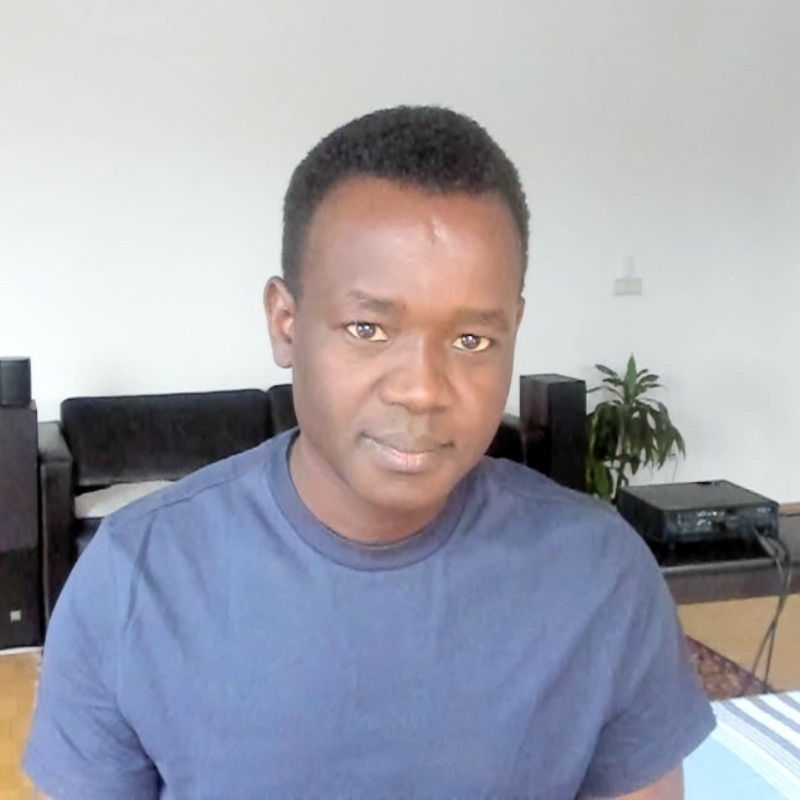The Tragedy of Sudan
- Rebecca Tinsley

- Jul 1, 2024
- 35 min read
Updated: Mar 20
‘Throughout history, it has been the inaction of those who could have acted; the indifference of those who should have known better; the silence of the voice of justice when it mattered most; that has made it possible for evil to triumph’. Haile Selassie, United Nations General Assembly, 4 October 1963.[1]
Introduction
The continuing suffering of the Sudanese people illustrates the futility of international policy-making in the absence of the political will necessary to enforce treaties. As worthy as conventions on human rights and genocide prevention are, without a robust enforcement architecture, the world’s dictators and war lords will continue to persecute and eliminate minority groups with impunity.
In Sudan, the blame does not rest on the international community or the legacy of colonialism alone. Faced with human rights abuses, the African Union prioritises state sovereignty and leaders’ immunity from prosecution, and the Islamic world shows little concern for the systematic elimination of Muslims in Darfur. In addition, Khartoum skilfully manipulates American security concerns post-9/11, rendering humanitarian initiatives toothless.
This article will draw on personal experience: interviewing survivors in Darfur in 2004, and founding Waging Peace, a charity supporting thousands of Sudanese refugees in the UK.

The Islamist mission
On 30 June 1989, the National Islamic Front (NIF) led by Field Marshall Omar Bashir overthrew the democratically elected government of Ja’afar Nimeiri, establishing the world’s second Islamist republic (after Iran). At the previous year’s election, the NIF polled less than 10%. Yet, Sudan specialist Gill Lusk says, the NIF secured power because its members had spent years rising through the ranks of Khartoum’s institutions, guided by their ideological leader, Hasan Turabi. ‘El Turabi and his colleagues had read their Lenin’, says Lusk. ‘The infiltration was patient and systematic and it included uncountable sleepers who revealed their beliefs after the 1989 coup’.[2]
Lusk believes Bashir’s ‘detested regime’ stayed in power for 30 years thanks to a vast security system engineered to protect the regime and implement policy; a quarrelsome and inefficient opposition; and a divided international community. ‘A hand-stitched suit, a smile and a Western PhD go a long way with people who think Islamist fundamentalists dress only like the Taliban and shun “modernity”’.[3]




